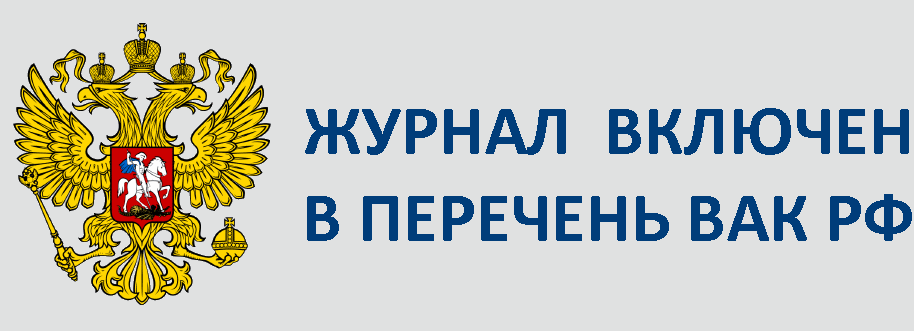№4-2024-12
DOI:10.22281/2413-9912-2024-08-04-90-98
Miazin N.A.
SPREAD OF PENTECOSTALISM IN BELARUS
For centuries, two directions of Christianity coexisted on the territory of Belarus: Orthodoxy and Catholicism. At the end of the 19th century Protestant communities, mostly belonging to Baptism, began to be established. In Western Belarus in the 1920s and 1930s, thanks to the mission of Gustav Schmidt, a new Protestant denomination, Pentecostalism, began to spread. In the post-war period, under pressure from the authorities, most of the Belarusian Pentecostal congregations joined the Baptist Union. In 1991 the United Church of Christians of Evangelical Faith in Belarus was established, uniting the majority of Pentecostals. In the 1990s Belarusian churches sent missionaries to Russia, where in the Soviet years the share of Pentecostals was much smaller, dominated by unregistered churches of ultra-conservative character, less effective in the conditions of religious freedom. At present Protestants make up 1.2 per cent of the population of Belarus, 60 per cent of them Pentecostals. Most Pentecostals are part of the United Church, which is the third largest denomination in Belarus. Pentecostalism has the greatest influence in the Brest region. Protestantism has spread primarily by attracting Orthodox Christians; mission among Belarusian Catholics, for many of whom Catholicism is part of their cultural identity, has been less successful.
Keywords: Belarus, Protestantism, Pentecostalism, Catholicism, Orthodoxy.
Калужский государственный университет (Россия),
Kaluga State University (Russia)/
Читать статью (pdf-файл)
Это произведение доступно по лицензии Creative Commons «Attribution-ShareAlike» («Атрибуция — На тех же условиях») 4.0 Всемирна






